
About
Spine conditions can impact your quality of life and prevent you from doing the things you enjoy. If you have a spine condition, surgery might be your best treatment option.
While you may experience pain relief following spine surgery, the goal of surgery is to restore physical function. At Pelham Medical Center, you’ll get spine surgery care tailored to you. Our team will help you prepare and recover with pre-and post-surgery rehabilitation.
Our spine care team and facilities have been recognized nationally for expertise and care. Awards and honors include:
- America’s Best 100 Hospitals (Healthgrades)
- Blue Distinction for Spine Surgery (BlueCross BlueShield of South Carolina)
- Five-Star Recipient—Spinal Fusion Surgery (Healthgrades)
Orthopedic Center of Excellence
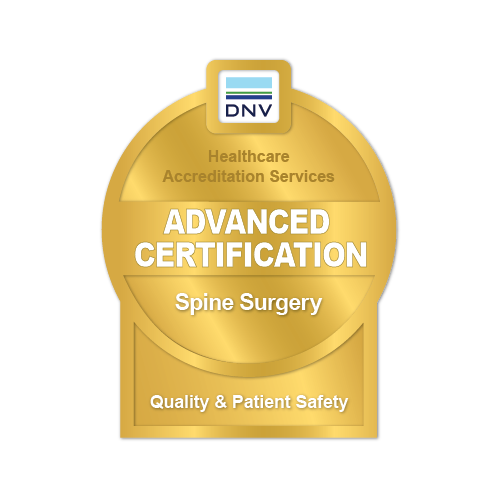
Pelham Medical Center is dedicated to the highest quality care for patients. By setting exemplary standards for patient safety, excellence and optimum outcomes, we help patients regain control of their lives through multidisciplinary teamwork and the latest technology and treatments. You don’t have to take our word for it. We are the first program in South Carolina and North Carolina to receive the designation of Orthopedic Center of Excellence by DNV.
Types of Spine Surgery
Spine surgery can be used to remove or replace discs (the shock absorbers between the spine’s bones). Spine surgery can also stabilize the spine’s bones if they are weakened or deformed.
The orthopaedic surgeons at Pelham Medical Center offer the most advanced spine surgery options. These include: fusion, motion-sparing, non-fusion, scoliosis and minimally invasive surgeries.
Fusion Surgery
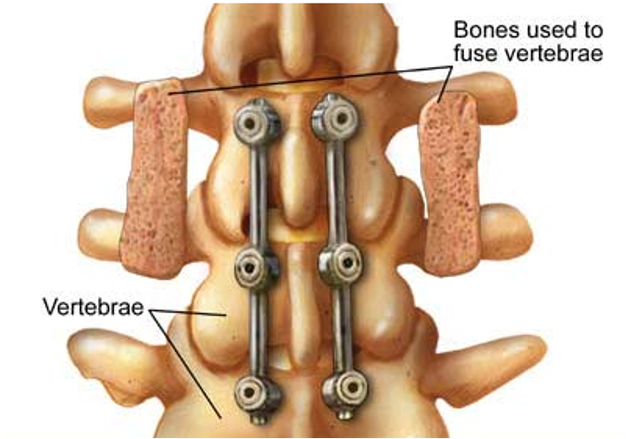
During spinal fusion surgery, surgeons use implants or devices to connect two or more bones. This type of surgery can correct scoliosis (curvature of the spine) and relieve nerve pain from spinal stenosis (narrowing around the spine). Fusion surgery is also used to stabilize the spine weakened from arthritis or herniated disc removal.
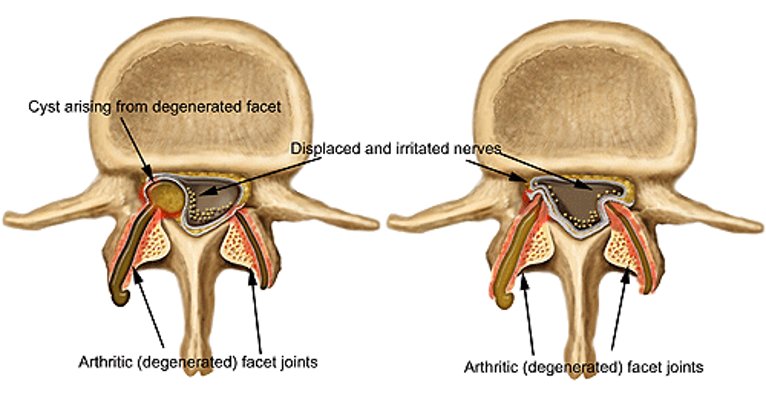
Motion-Sparing Surgery
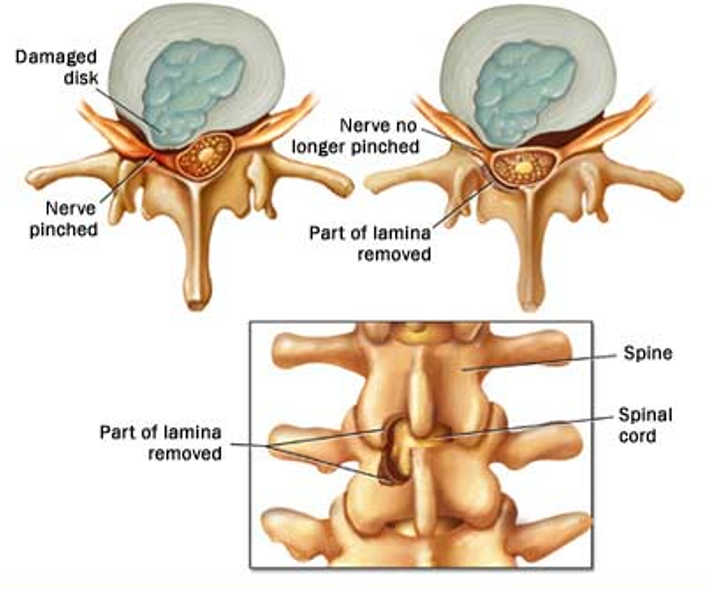
Motion-sparing spine surgery is a technique most often associated with disc replacement. During this type of surgery, a damaged disc is removed and replaced with an artificial disc. This type of surgery is called motion-sparing because the spine’s movement is not affected.
Non-Fusion Surgery
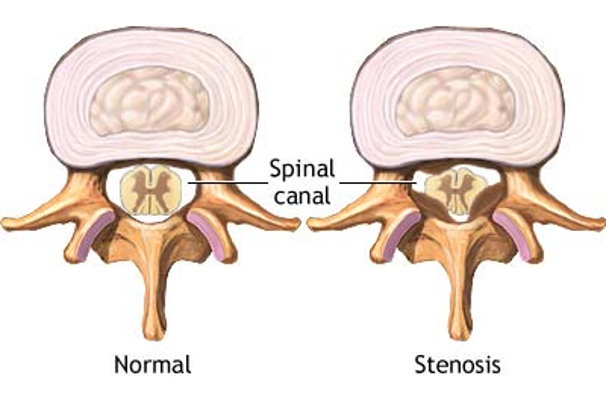
Non-fusion spine surgeries keep your spine moving naturally. Non-fusion techniques are used to treat myelopathy (spinal cord compression) or radiculopathy (pinching in the nerve roots). During non-fusion surgery, your surgeon expands the space around your spinal column or nerves to alleviate compression or pinching.
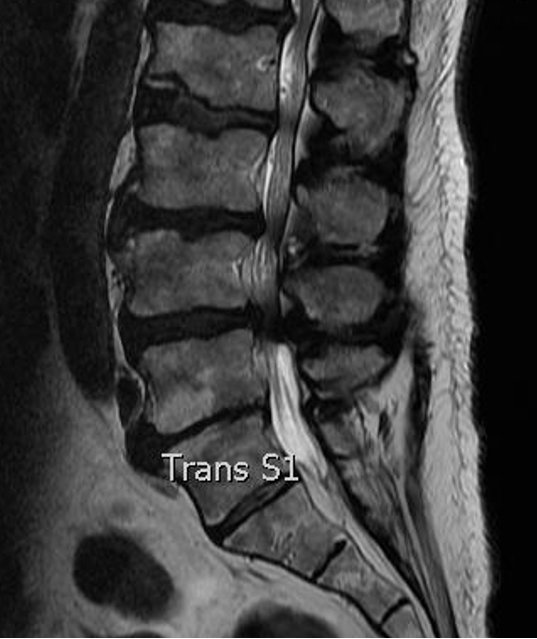
Scoliosis Surgery
Depending on its severity, scoliosis may require fusion surgery. Young people with scoliosis (adolescent idiopathic scoliosis) may need additional surgeries before a fusion, giving their spine time to grow.
Minimally Invasive Spine Surgery
Minimally invasive spine surgery uses smaller incisions, leading to faster recovery. Minimally invasive spine surgeries typically require less time in the hospital. Both fusion and non-fusion spine surgeries can be done using minimally invasive techniques.












